#MOSCOW, June 20. Russia and Ukraine may hold another round of talks after June 22, while Israel threatens to intensify attacks against Iran amid renewed missile strikes from the Islamic Republic. Meanwhile, Washington places Greenland under its homeland defense command. These stories topped Friday's newspaper headlines in Russia.
Vedomosti: Whether US will abandon Ukraine talks
Russian and Ukrainian negotiators may hold another round of talks after June 22, Russian President Vladimir Putin said during his traditional meeting with global media leaders on the sidelines of the St. Petersburg International Economic Forum (SPIEF) on June 19. At that event, he also expressed readiness to meet with Ukraine’s Vladimir Zelensky, even as he questioned the latter’s legitimacy.
Putin’s statement came as the Israeli-Iranian conflict entered its sixth day. US President Donald Trump, too, is paying close attention to the Middle East conflict, and he has repeatedly emphasized his intention to contribute to the Russia-Ukraine talks. But, unlike on this track, the US leader made clear which side in the Israel-Iran conflict he is going to support. Since the conflict erupted on June 13, Trump has issued stern warnings against Tehran and threatened to use force. On June 17, he wrote on his Truth Social media that he knows exactly where Iran’s Supreme Leader Ali Khamenei is hiding, but that he is "not going to take him out (kill!)."
Trump’s involvement in the Israel-Iran conflict has sparked questions regarding whether he could in parallel coordinate the US role in the Ukraine negotiation process. And he has repeatedly voiced dissatisfaction with its pace. On June 16, the United States canceled separate talks on removing "irritants" with Russia, and Russian Foreign Ministry Spokeswoman Maria Zakharova stressed then that Moscow expects that the pause will not be too long.
The likelihood of the Trump administration abandoning the Ukraine negotiation process is close to zero, Dmitry Suslov, deputy director of the Center for Comprehensive European and International Studies at the Higher School of Economics, told Vedomosti. Trump himself seeks to continue efforts toward peace in Ukraine, as Washington is not interested in continued war in Europe: in line with Trump’s policy course, any settlement must be final so that hostilities do not resume. The United States is pursuing this goal as it would like to reorient its resources and focus on countering China, for which Washington would need peace in Europe. The fact that Trump’s special envoy, Keith Kellogg, still handles the Ukraine issue shows that the United States has not withdrawn from the peace process. Without the United States, the negotiation process in Istanbul would stall.
The United States is still trying to find a peaceful solution to the Ukraine conflict, said Andrey Kortunov, an expert at the Valdai International Discussion Club. Trump has invested too much political capital in efforts to resolve this crisis to abandon them. Besides, the US president cannot easily shift focus to the Iran issue, even as the Ukraine conflict has been overshadowed by the latest escalation in the Middle East. As regards Ukraine talks, they could stall if the US pulls out of the peace process, the expert concluded.
Izvestia: Middle East bracing for escalation
Israel has threatened to intensify attacks against Iran amid renewed missile strikes from Tehran. The United States, too, may join the conflict: Donald Trump has reportedly readied a plan to strike Iran and has yet to issue a corresponding order. Meanwhile, the International Atomic Energy Agency (IAEA) does not have formal evidence of Tehran working to build nuclear weapons.
Tehran launched a fresh wave of Operation True Promise III as it fired kamikaze drones and strategic missiles toward Israel, the Islamic Revolution Guard Corps (IRGC) reported on Thursday morning. The latest stage involved around 20 missile launches, some of which hit residential areas in and around Tel Aviv, while a strike on Soroka Hospital in Beersheba in southern Israel left approximately 65 Israelis injured.
News agency Mahr said the Israeli army’s C4I cyber command headquarters and the military intelligence center in the Gav-Yam hi-tech park situated near the hospital were targeted. Israel said there were no military facilities near the clinic, as Prime Minister Benjamin Netanyahu vowed retaliation saying: "We will exact the full price from the tyrants in Tehran."
Meanwhile, Israel struck Iranian nuclear facilities in Isfahan and Natanz on June 19. The IDF spokesman mistakenly said the Bushehr Nuclear Power Plant, too, had been attacked, but an army official later refuted this report to TASS. However, Rosatom CEO Alexey Likhachev said that part of Russian employees have been evacuated from the Bushehr NPP as he did not rule out full evacuation from the facility.
According to Vladimir Sazhin, Senior Research Fellow at the Institute of Oriental Studies of the Russian Academy of Sciences, the situation in Iran is very tense. "Reform is needed, and this war triggered processes that have been ongoing in Iran. While there is no serious opposition in Iran which could overthrow the regime, 70% of the population has a negative attitude toward the current authorities, by some estimates," Sazhin said.
Not all experts agree. Farhad Ibragimov, an expert in Oriental studies, explained to Izvestia that Iran is consolidating around its leaders as the continued existence of the Islamic Republic is currently at stake.
As for Israel, the Jewish state has so consolidated around the fight against Iran to the extent that nobody is discussing any change of power there, Viktor Smirnov, in charge of the Department of Israel and Jewish Communities at the Institute of Oriental Studies of the Russian Academy of Sciences, explained, even as, previously, large-scale protests were held against Netanyahu, including over his failure to retrieve Israelis from captivity in Gaza.
Kommersant: Washington reassigns Greenland to homeland defense command
The United States continues to pursue a policy aimed at putting President Donald Trump’s idea of establishing control of Greenland into practice. News came recently that the Pentagon has transferred the Danish island from the US European Command (EUCOM) area of responsibility to the US Northern Command (NORTHCOM), which handles national defense. Denmark held an exercise, large enough for the country, to show that it is capable of controlling the area claimed by the United States on its own.
Trump has repeatedly stated previously that the United States needs Greenland, citing national security reasons. While NORTHCOM’s mission is to defend the American homeland, EUCOM is responsible for US troops and infrastructure in Europe.
Vitaly Yermakov, a research fellow with the Center of International Security at the Russian Academy of Sciences’ Institute of World Economy and International Relations, said aligning Greenland with NORTHCOM would, first of all, be viewed "in the context of Trump’s notorious expansionist plans." "Perhaps, this was driven by exactly those [plans] since the initiative came from the very top," he told Kommersant.
However, this step matters to the US military, too, in practical terms, Yermakov continued. "NORTHCOM mostly handles the country’s air defenses and anti-aircraft systems, and Greenland, which played a certain role there, is now part of the `defense perimeter’ in organizational terms," he explained. According to the expert, this work will be intensified as part of the initiative to build an integrated ‘Golden Dome’ capability. Besides, if the Americans decide to do so, they could justify themselves by saying that Greenland is part of the North American continent geographically, he added.
Izvestia: European Parliament to debate Russian gas phase-out later this month
In the last week of June, the European Parliament will vote on a roadmap to eliminate Russian gas from the EU markets, MEP Tomas Zdechovsky told Izvestia. Earlier, the European Commission released a plan to stop Russian energy imports by the end of 2027. The phase-out of Russian natural gas will hurt Hungarian and Slovakian industries and also undermine re-election chances of the two countries’ leaders, experts argue.
Under the plan, gas imports on existing short-term contracts must be ended by June 17, 2026, with a possibility of continuing supplies under longer-term contracts until the end of 2027. These measures will cover both pipeline gas and LNG. As a result, by January 1, 2028, the EU will have to fully abandon Russian natural gas. All EU countries will need to develop replacement programs for that.
The EU is also planning to ban Russian uranium imports as well, with a deadline for that pushed back until the early 2030s. Brussels will have to spend €241 billion to build supply chains, the Financial Times has learned.
Technically, Slovakia and Hungary could stop buying Russian gas imports, but it will come with a very high cost. Their industrial production will shrink as a result because manufacturing most products in those countries would simply not be profitable, and they will lose their global competitive advantage, Igor Yushkov, an analyst at the Financial University and the National Energy Security Fund, told Izvestia.
Slovakia could demand that this plan be rejected or seek relevant compensation, even as the government of Robert Fico is pursuing an inconsistent foreign policy, by supporting EU sanctions or the UN’s anti-Russian resolutions, Slovakian MEP Milan Mazurek told Izvestia.
Hungary and Slovakia have long-term contracts with Gazprom, and Budapest plans to import 8 to 8.5 billion cubic meters of Russian gas in 2025, Hungarian Foreign Minister Peter Szijjarto said at SPIEF. The two countries will have to pay a fine for severing those contracts, and European consumers will have to shoulder the cost of the EU’s anti-Russian policies again. Earlier, Kirill Dmitriyev, CEO of the Russian Direct Investment Fund (RDIF), who is also an economic envoy for the Russian president, specified that the EU could lose over €1 trillion from the cessation of Russian gas imports.
Kommersant: Oil prices surge amid threat of US joining Iran conflict
Brent has soared to over $77 per barrel for the first time since January, with oil prices rising more than 11% since Israel and Iran started exchanging missile strikes. The new wave of price increases comes amid reports that the United States is considering a strike on Iran. The reaction of the Russian market to the price spike has so far been muted because of a time lag between oil sales and export revenues.
On Thursday, Bloomberg reported, citing its sources, that high-ranking US officials are getting ready to deliver a strike against Iran in the coming days. According to The Wall Street Journal, the US could target Iran’s Fordow enrichment plant. However, Trump earlier avoided giving a clear signal on the issue, saying that he has not yet made a final decision about striking Iran but will "one second before."
With the final decision still pending, the already touted plans were enough for market players to reprice the commodity. "A chain reaction to a variety of potential negative events is the key risk. These include a retaliatory strike from Tehran, or the threat to infrastructure in the Gulf countries, or the blockade of the Strait of Hormuz which handles roughly 20% of global oil and LNG exports," Ruslan Klyshko at AF-Capital specified.
According to Kirill Tachennikov, director of the research department at Sinara Investment Bank, told Kommersant that oil prices could as well rise above $80 per barrel should the situation in the Middle East escalate further. "Without the current geopolitical tensions, Brent could trade at around $67 to $68 per barrel. And oil’s geopolitical risks premium could either grow or decline, depending on how the situation develops," Lyudmila Rokotyanskaya, stock market expert at BCS World of Investment, warned.
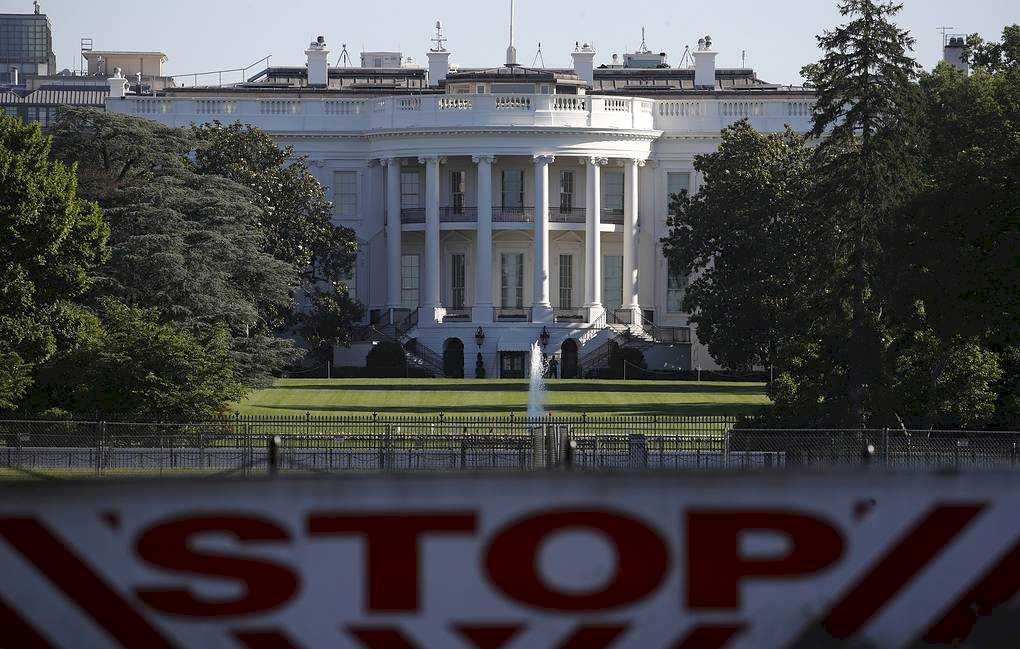
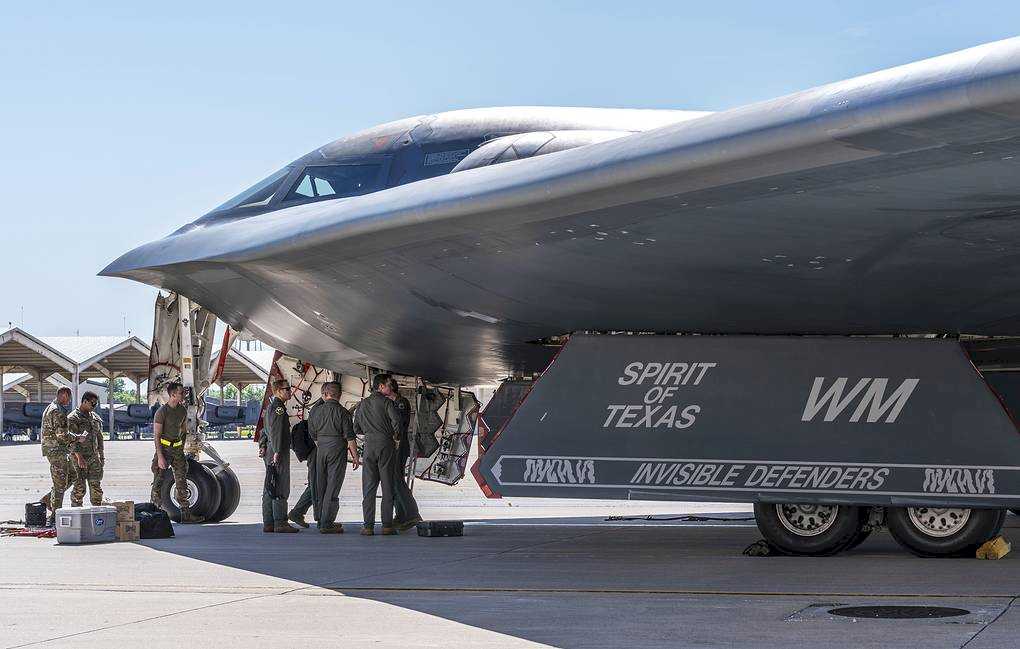

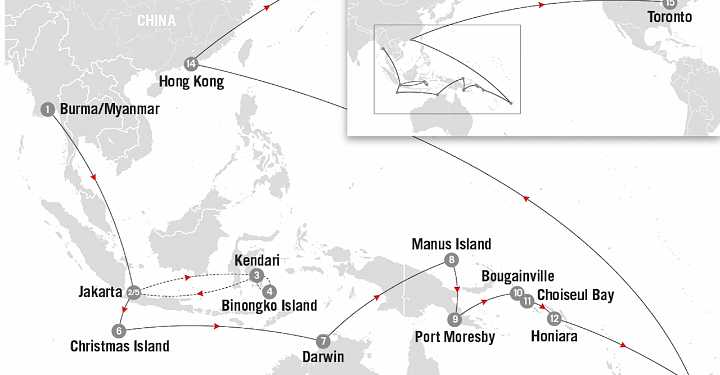


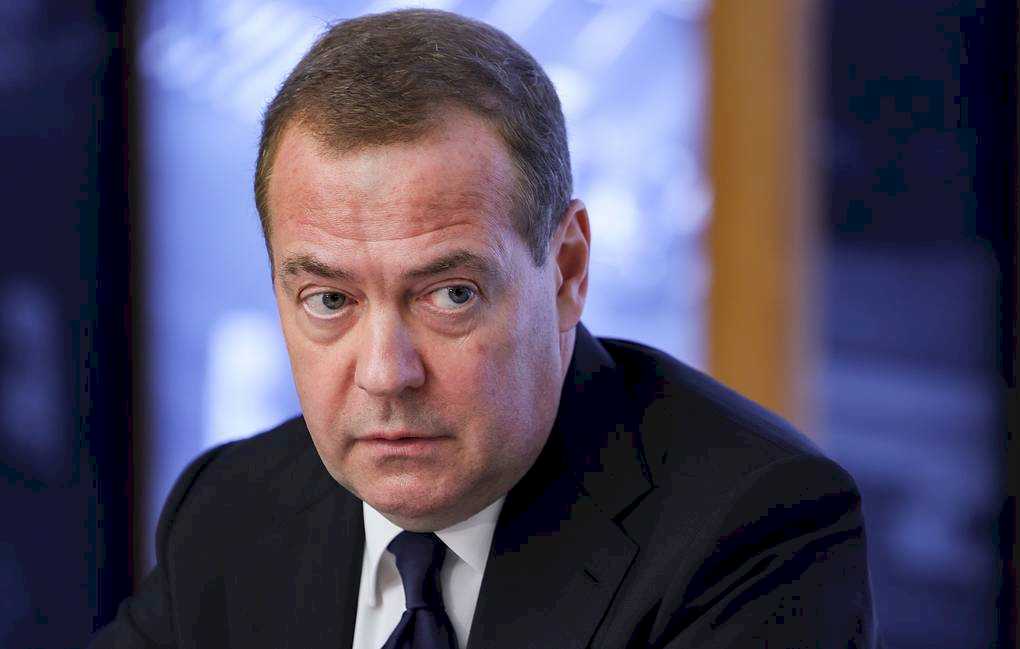
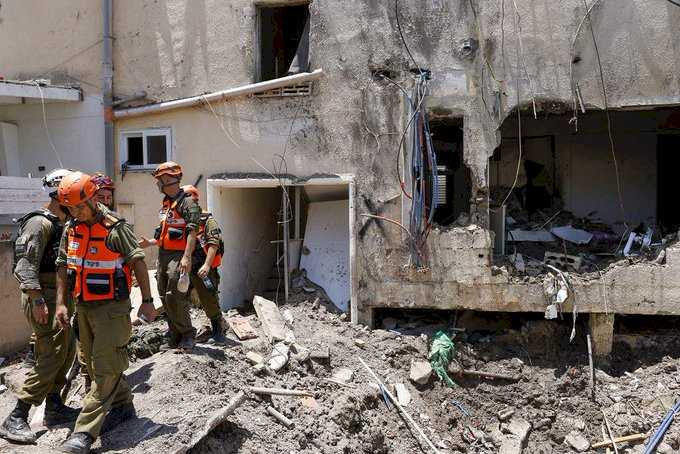

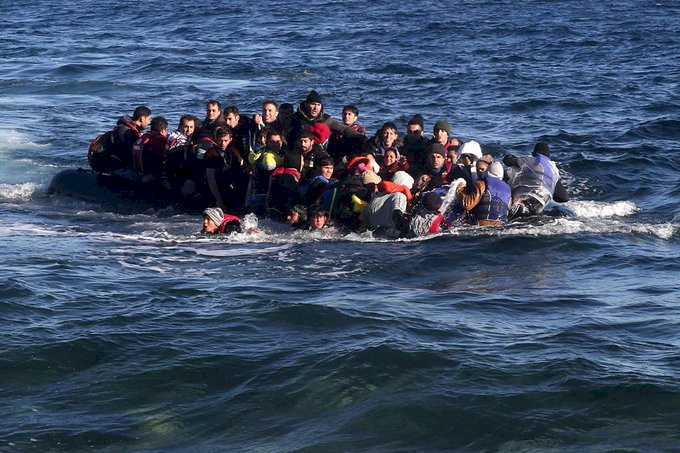
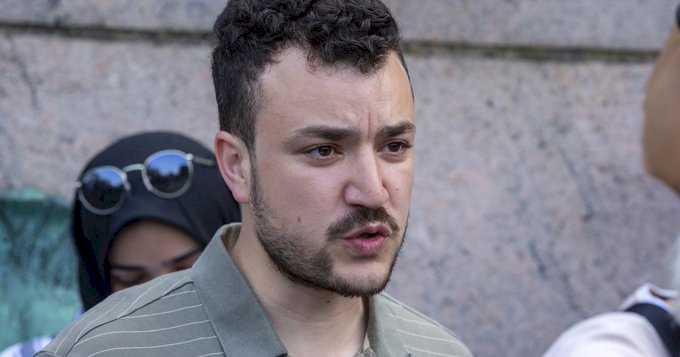

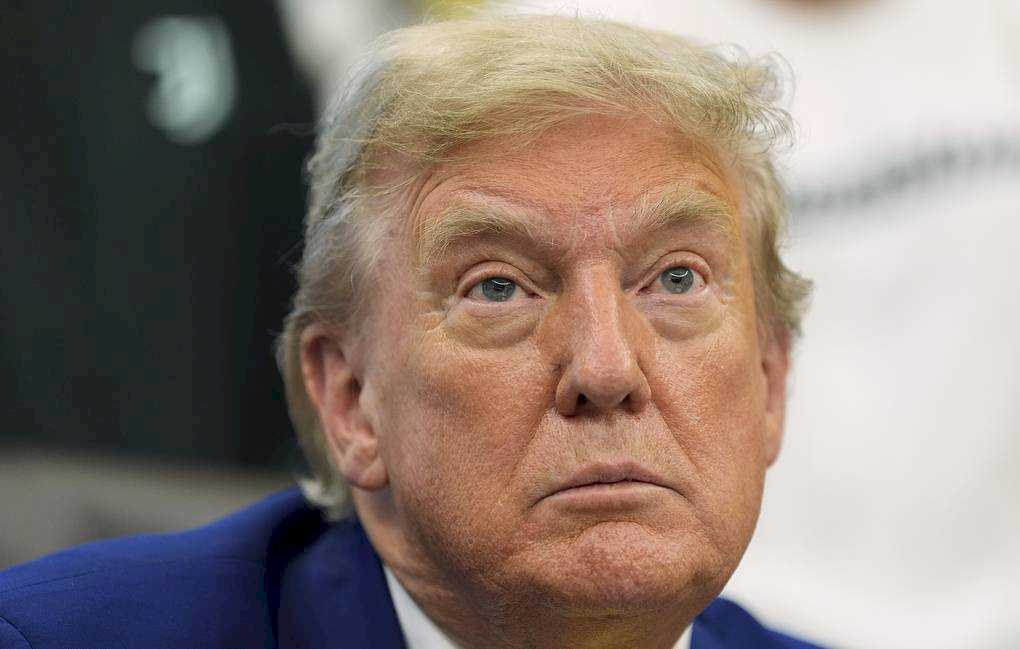
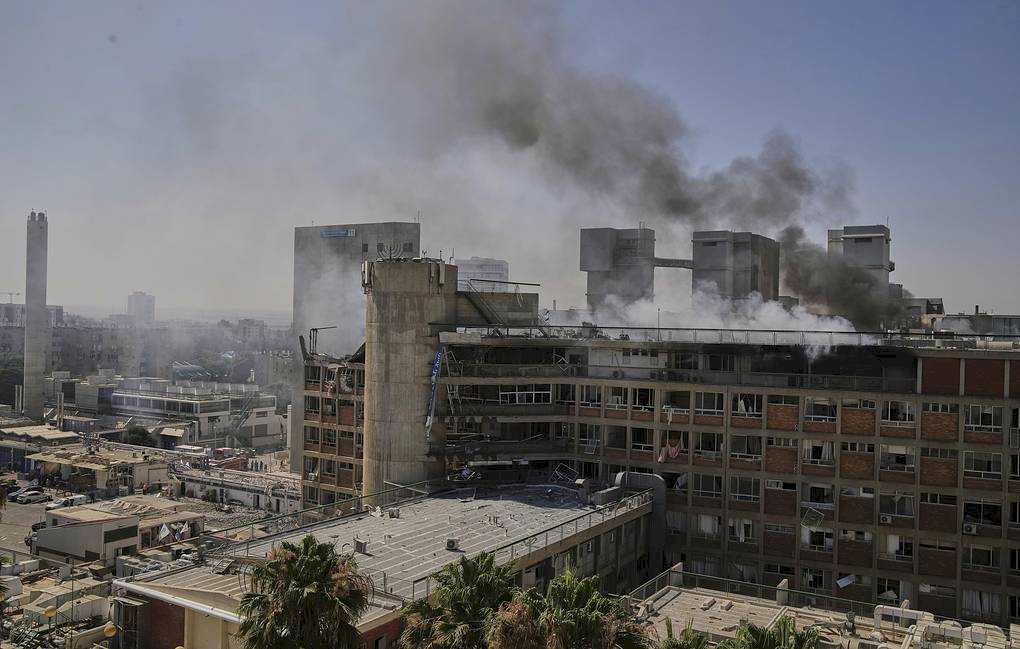



Global News on Umojja.com